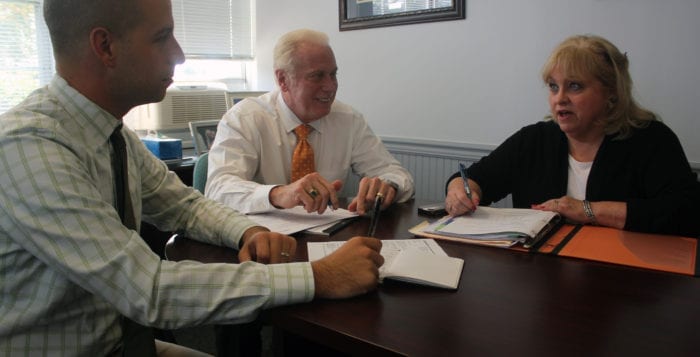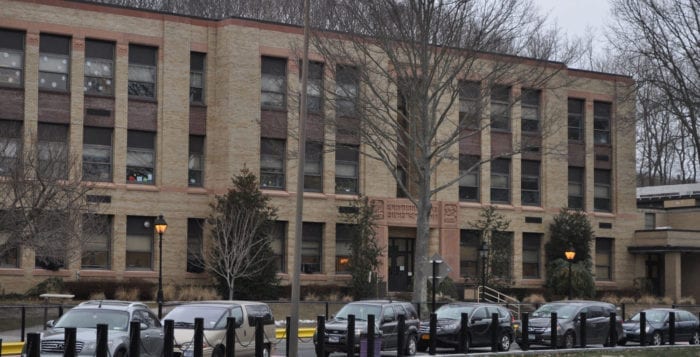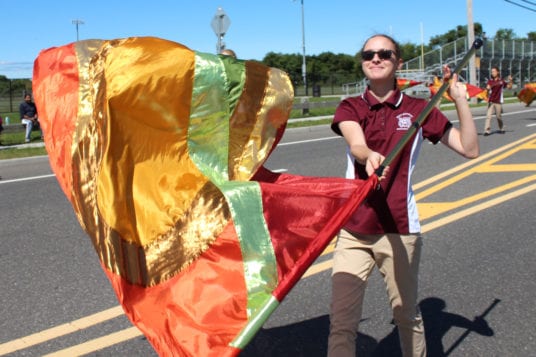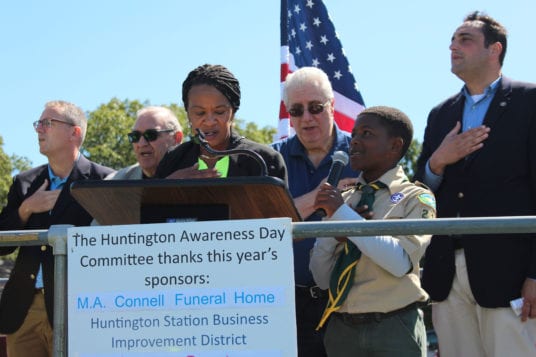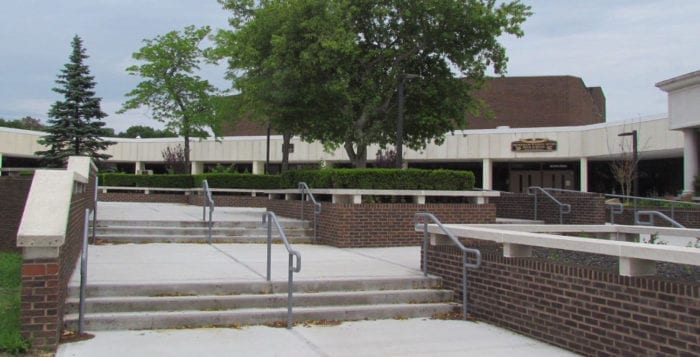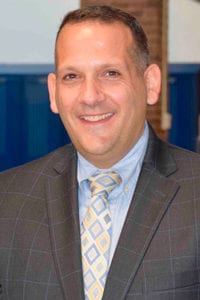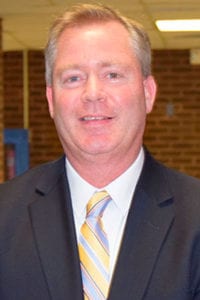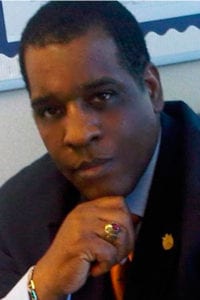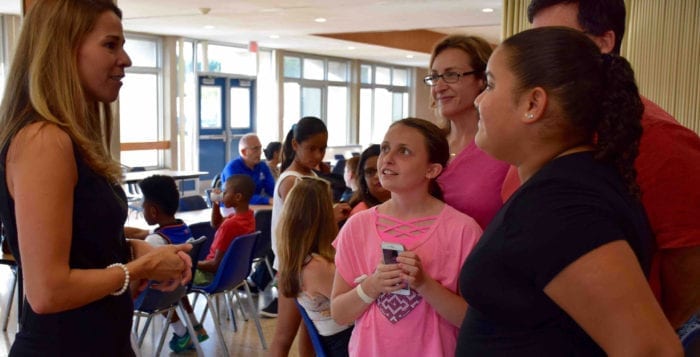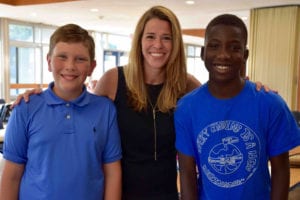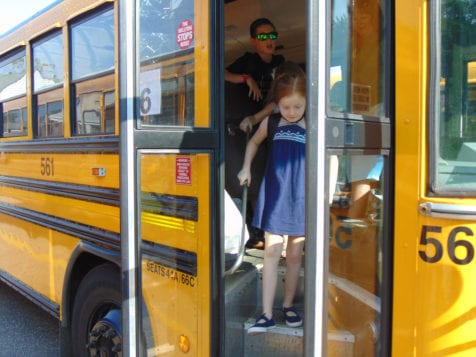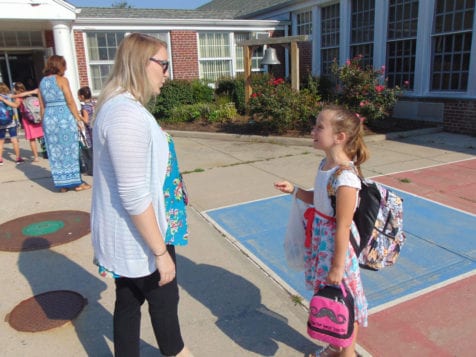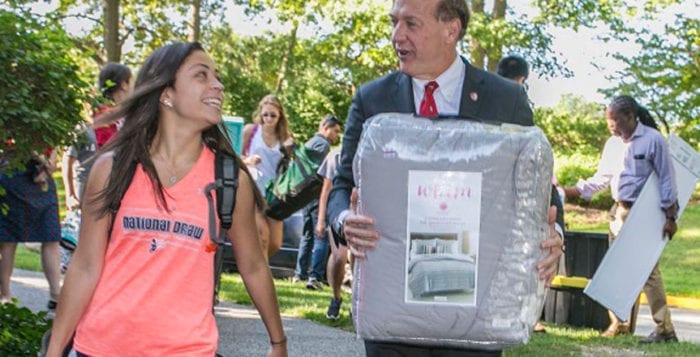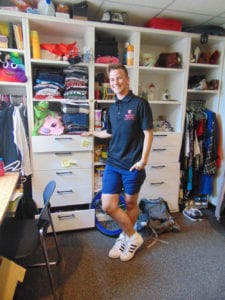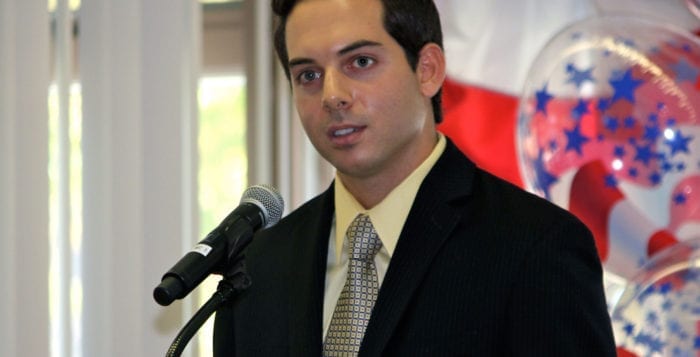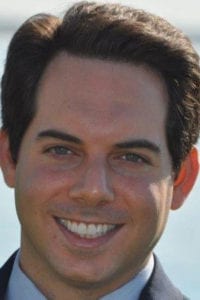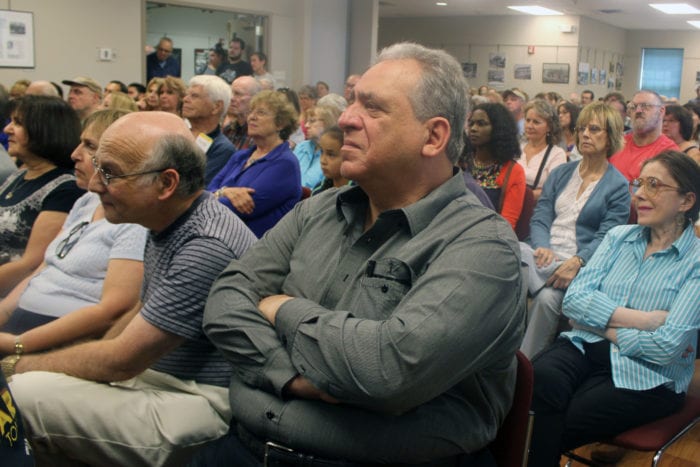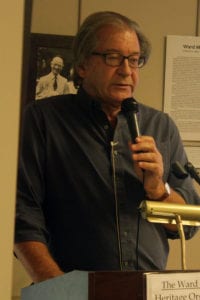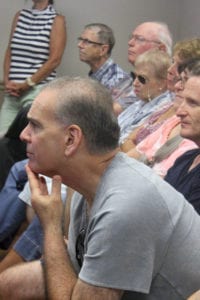By Kevin Redding
It’s not as easy as A-B-C for some. That’s why the Mount Sinai school district recently rolled out new reading programs that will help K-8 students who struggle with the subject find success.
Last fall, Superintendent Gordon Brosdal was concerned the elementary school’s standard reading program did not accommodate for the fact that all students learn at different levels. So those challenged by reading tended to fall behind while their classmates soared, he said.
A closer examination of the district’s overall reading results, through assessment programs such as aimsweb, showed plenty of room for improvement to meet the school’s academic standards.
So this year, three widely used and proven effective programs designed to sharpen literacy skills — the Fountas & Pinnell Leveled Literacy Intervention System, the Sonday System and the Wilson Reading System — were implemented in the elementary and middle school reading and writing curriculum. Training sessions on the ins-and-outs of each program took place over the summer for district educators, including English as a second language and special education teachers.
“We focused on how we could do more to target those students who are not making progress and are stuck at a level or falling behind as they get older, and the work gets more difficult.”
—Deena Timo
Throughout the year, new elementary school reading teacher Lindsey Mozes, who has extensive experience with the three programs, will work with students and train teachers to use them.
“We’re increasing our teachers’ toolboxes so they can handle the individual needs of each student better,” Brosdal said. “Kids have more challenges today — the population’s more diverse, some don’t speak English, some speak very little English and some can’t read. We have to address those individual challenges.”
By starting it at the elementary school, Brosdal said the district is building a solid foundation, especially if it wants to maintain its Reward School status, which is given to schools that demonstrate either high academic achievement or most progress with minimal gaps in student achievement between certain populations of students, according to the New York State Education Department.
“We want to remain a Reward School, but we’re not going to have that if kids aren’t being more challenged in reading and writing early on,” Brosdal said.
Deena Timo, Mount Sinai executive director of educational services, worked alongside the superintendent to bring the reading programs to the district.
“We focused on how we could do more to target those students who are not making progress and are stuck at a level or falling behind as they get older, and the work gets more difficult,” Timo said. “We’re looking at the individual student’s needs and adjusting to meet those particular needs.”
She explained the Wilson and Sonday systems are based on the Orton-Gillingham instructional approach, which commonly consists of a one-on-one teacher-student setting and is targeted for those with more severe reading issues, such as students with learning disabilities. The programs focus mostly on word pronunciation and expression, Timo said, while Fountas & Pinnell is more comprehension based.
“As a parent, you don’t want your kid reading books that are too hard or too easy, you want them reading books that are just right, and this makes it really clear.”
—Rob Catlin
During a Fountas & Pinnell session, a student simply reads a book with his or her teacher. As he or she reads, the teacher takes note of overall reading ability and then asks questions about the book to gauge understanding of the text, whether it’s a “Clifford the Big Red Dog” or “Harry Potter and the Prisoner of Azkaban” book. If the student understands the book well, that student graduates, moving on to a book with a more challenging reading and comprehension level.
Beyond expanding the student’s literacy understanding, the program allows for teachers to grasp exactly what learning level a students is at — which can then be easily communicated to parents.
“As a parent, you don’t want your kid reading books that are too hard or too easy, you want them reading books that are just right and this makes it really clear,” said Rob Catlin, the district’s new elementary school principal. “It’s helping parents and teachers become a team to help that kid.”
Catlin taught Fountas & Pinnell for years as an educator in New York City before arriving at his new position. He is also well versed in the Columbia Writing Program, which enters its third year in the Mount Sinai school district and has aided in strengthening students’ writing scores on English Language Arts exams.
As a principal, he said his goal is to see students progress throughout the year and believes these reading programs will help with that.
“I want to see that no matter where you were in September, you’re at a different point in June,” Catlin said. “Each kid is getting differentiated instruction based on what they need and we’ll find the right program for them. Maybe they do need Wilson, maybe they don’t. Regardless, we’ll figure out the best approach.”
He said he doesn’t want to see kids continue to fall through the cracks.
“Good instruction is never one-size-fits-all,” he said. “We’re equipping our teachers with options when a student is struggling and making sure they have the skills to address the individual needs of every kid in their room. I feel like this district was on the precipice of doing really great things and I happened to just come in at the perfect time.”

